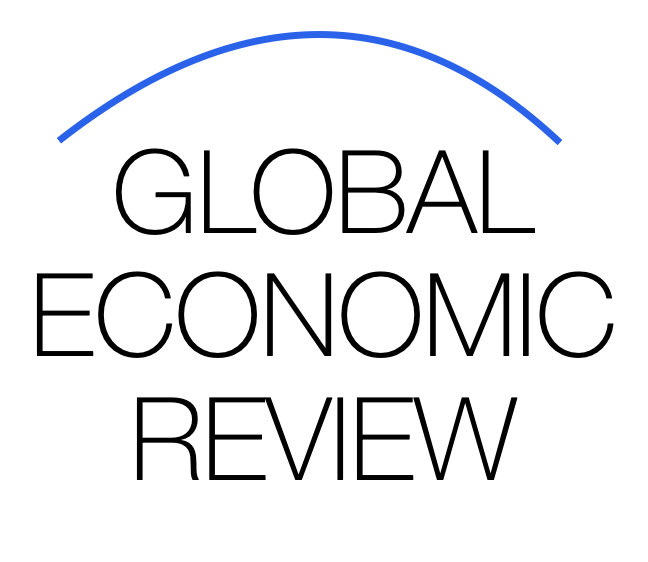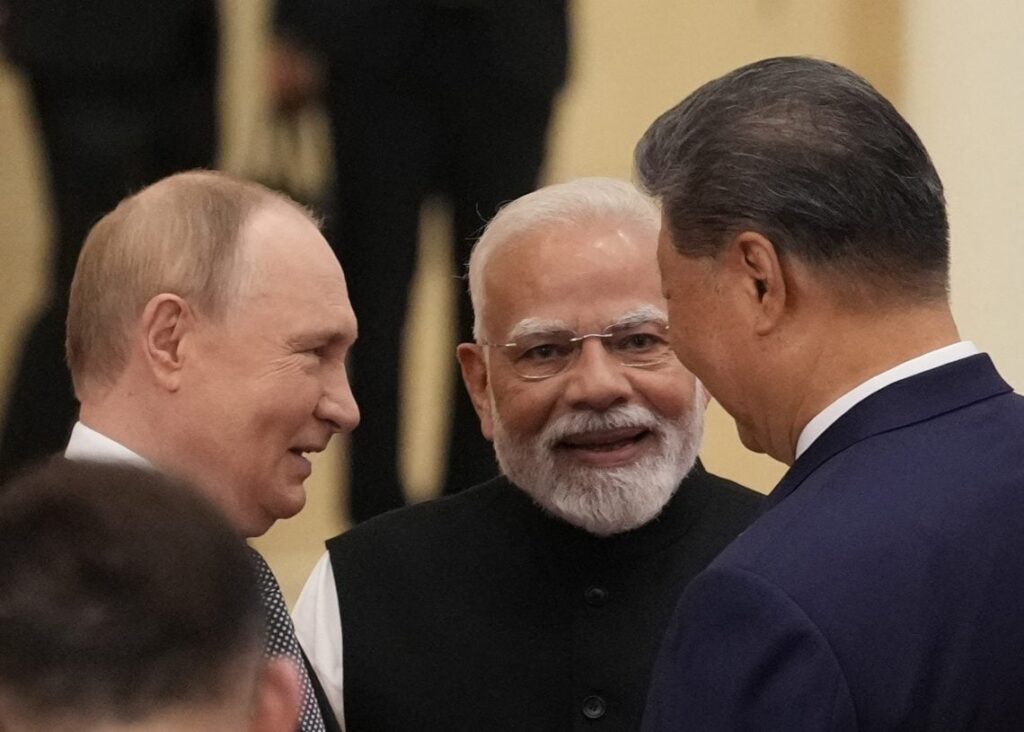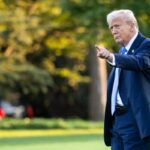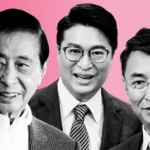Modi Praises China Relations While Bessent Criticizes Power of India’s Wealthiest Families
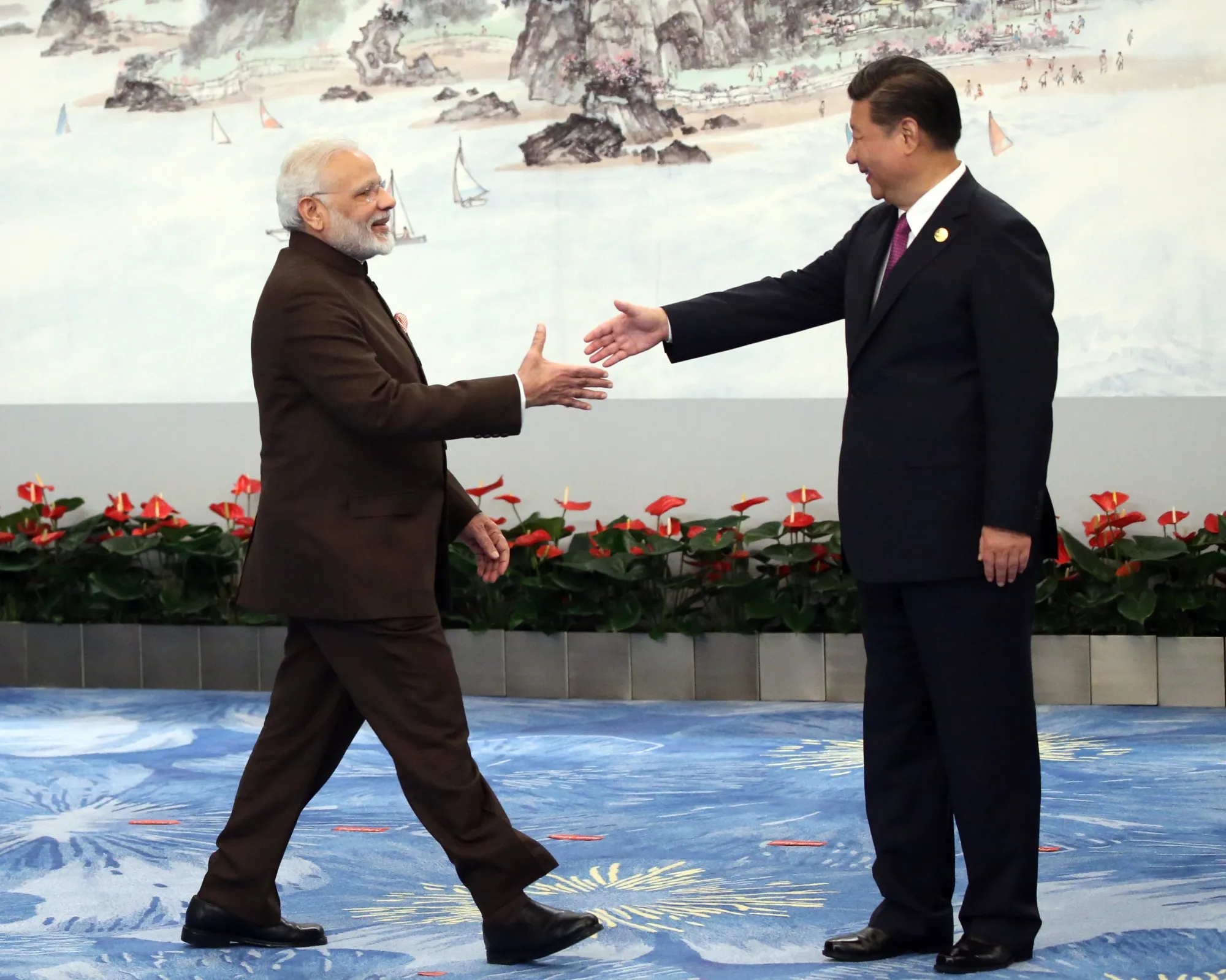
Indian Prime Minister Narendra Modi has called for closer engagement with China, emphasizing that the two Asian giants must manage differences while pursuing areas of cooperation. At the same time, prominent investor Scott Bessent has taken aim at India’s economic structure, criticizing the concentration of wealth and influence among the country’s most powerful business families. The dual narratives highlight the complex crossroads at which India finds itself—balancing foreign diplomacy with China and tackling deep-seated domestic economic inequalities.
Modi Strikes a Conciliatory Tone on China
Speaking at a policy forum, Modi highlighted the importance of maintaining stable ties with Beijing despite persistent geopolitical friction, particularly along the Himalayan border. The Prime Minister underscored that India and China, with their massive populations and growing economies, have a “shared responsibility” in shaping Asia’s future.
“Cooperation where possible, management of differences where necessary—that is the path forward,” Modi remarked. He suggested that issues such as trade, investment, and regional development require pragmatic engagement, even as security tensions remain unresolved.
This softer tone comes amid efforts by New Delhi to position India as a global growth engine and attract foreign investors. For Modi, emphasizing constructive dialogue with Beijing may also be aimed at reducing risks of escalation while India continues to deepen security partnerships with the U.S., Japan, and Australia through the Quad alliance.
India-China Relations: A Fragile Balancing Act
Despite Modi’s remarks, India-China ties remain strained. The deadly 2020 Galwan Valley clash still casts a shadow, and troop deployments remain high along contested borders. Trade between the two countries, however, remains robust.
- Trade Reality: China remains one of India’s largest trading partners, supplying crucial intermediate goods and electronics.
- Strategic Competition: Both nations are vying for influence in Asia, Africa, and the Indian Ocean.
- Diplomatic Channels: Talks at the military and political levels continue, but breakthroughs on the border issue remain elusive.
For India, the relationship with China is one of simultaneous dependency and rivalry—a dynamic Modi must carefully manage.
Bessent’s Criticism of India’s Wealth Concentration
While Modi extended an olive branch to Beijing, Scott Bessent, founder of Key Square Group and a close follower of global macroeconomics, drew attention to structural issues within India’s own economy. Bessent argued that India’s rise is being constrained by the outsized dominance of its richest families, whose control of key sectors risks stifling competition and innovation.
“India is often hailed as the world’s next economic powerhouse,” Bessent said. “But the reality is that its industrial backbone is heavily controlled by a handful of dynastic families, which creates barriers for new entrants and limits efficiency.”
Bessent was alluding to industrial powerhouses such as the Ambanis, Adanis, Tatas, and Birlas—families whose influence spans energy, telecommunications, infrastructure, and consumer goods. While these conglomerates have undeniably contributed to India’s modernization, critics argue that their dominance discourages broader entrepreneurial participation.
The Contradictions in India’s Growth Story
India’s economy has emerged as one of the fastest-growing major economies, with GDP growth hovering around 6%–7%. Yet beneath this headline growth lie stark contradictions:
- Wealth Inequality: India’s top 1% controls more than 40% of the nation’s wealth, according to Oxfam.
- Entrepreneurship vs. Entrenchment: While start-ups thrive in tech and fintech, core industries remain tightly controlled by a few conglomerates.
- Global Investor Concerns: Foreign investors welcome growth prospects but worry about transparency, regulatory risks, and the outsized political influence of large family-owned firms.
Bessent’s remarks tap into these concerns, suggesting that unless India diversifies its economic power base, its long-term growth potential may be undermined.
A Tale of Two Messages
The juxtaposition of Modi’s diplomatic optimism and Bessent’s economic critique underscores the dual challenges facing India:
- External Relations: Managing China is essential for regional stability and economic pragmatism, especially as India seeks to become a manufacturing alternative to Beijing.
- Internal Reforms: Reducing the concentration of wealth and creating more equitable opportunities for business growth will be vital for sustaining investor confidence and inclusive development.
For Modi, projecting India as a strong and open economy abroad may increasingly require addressing structural imbalances at home.
The Global Context
Both narratives also reflect broader geopolitical and economic shifts:
- The U.S. and its allies see India as a counterbalance to China, raising questions about how far Modi can realistically pursue warmer ties with Beijing.
- Global investors, flush with interest in India’s growth story, are scrutinizing whether the benefits of expansion will be widely distributed or remain concentrated at the top.
- The parallel rise of nationalism in both India and China adds an additional layer of unpredictability to the relationship.
Conclusion: Diplomacy Abroad, Reforms at Home
As Prime Minister Modi extends cautious goodwill toward China, he faces an equally pressing challenge within India: ensuring that economic growth is not disproportionately captured by a handful of families. Scott Bessent’s pointed critique highlights the fragility of India’s growth model, suggesting that reforms to broaden access and level the playing field are as critical as diplomatic balancing acts.
India’s future, then, hinges not only on how it navigates its fraught relationship with China, but also on how it reshapes its domestic economy to deliver opportunity beyond its wealthiest dynasties.
